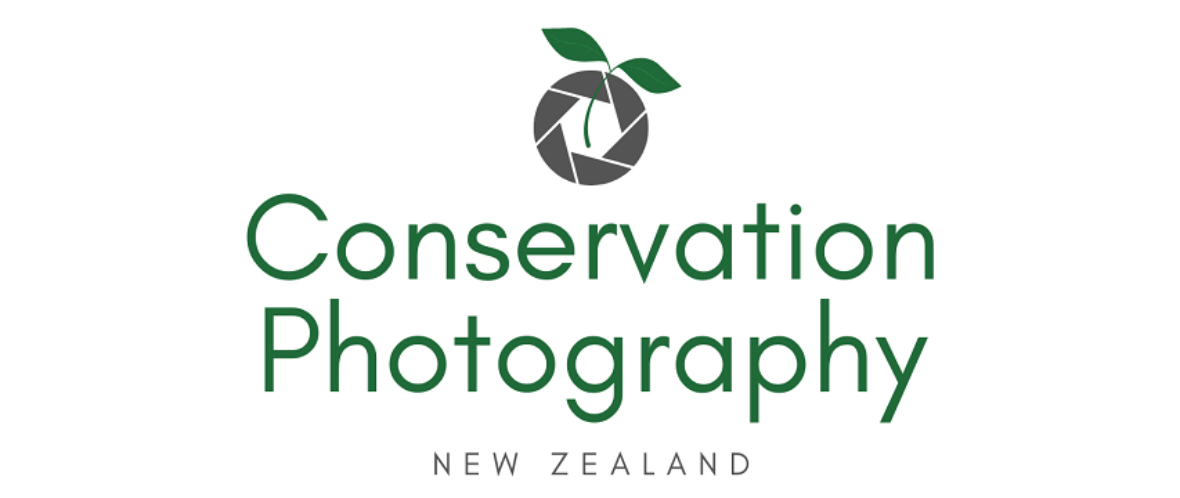Sacha Dent is a conservationist who takes extreme measures to get close to the subject of her research and conservation efforts.
She improved her free diving and won the Australian free diving championships to get closer to marine turtles.
In 2016, she overcame a powerful fear of flying to fly a paramotor 7000km across 11 countries to track the migrating Bewick’s Swan across the Russian tundra to the UK.
Interviewed by Kim Hill on RNZ in September 2020, she explained that the benefits of using a motorised wing as part of her work gradually became apparent. She was able to photograph conservation wetlands while tracking migratory birds, taking striking images.
“It was realising actually the power motor would get me to do amazing things for conservation. That’s I suppose why I stuck at it, but it took me really about five years before being completely comfortable.”
Read the RNZ write up and find the link to the interview here.
Sacha Dent, an award-winning conservationist, adventurer and UN ambassador for Migratory Species, founded Conservation without Borders, which brings people from different walks of life together to uncover problems, find solutions, and to record and share them through powerful, inspiring imagery and story.
“We work with innovators and change-makers, whoever and wherever, big or small, to drive global change.”

Photo Credit: Angharad Barlow


